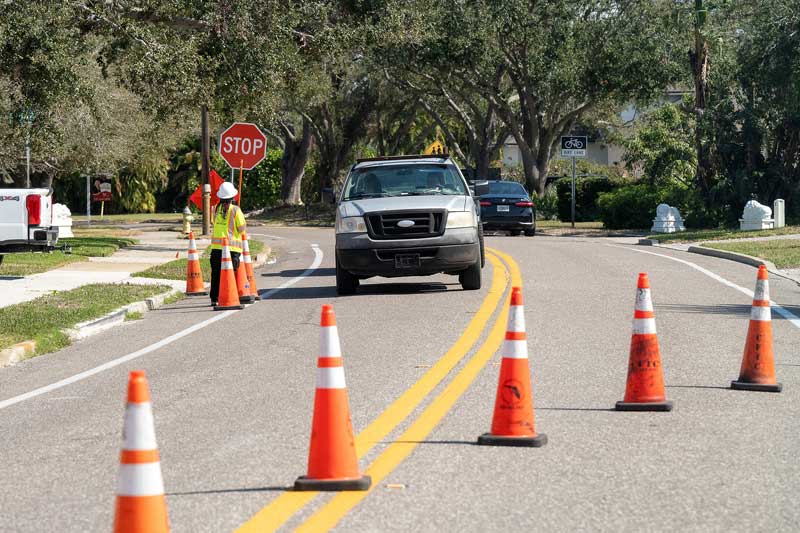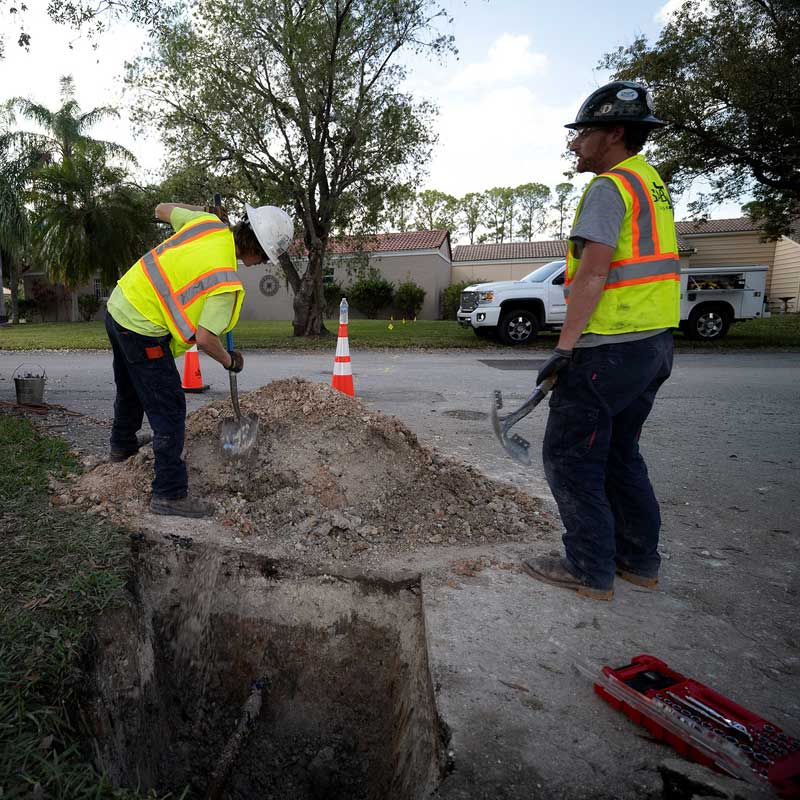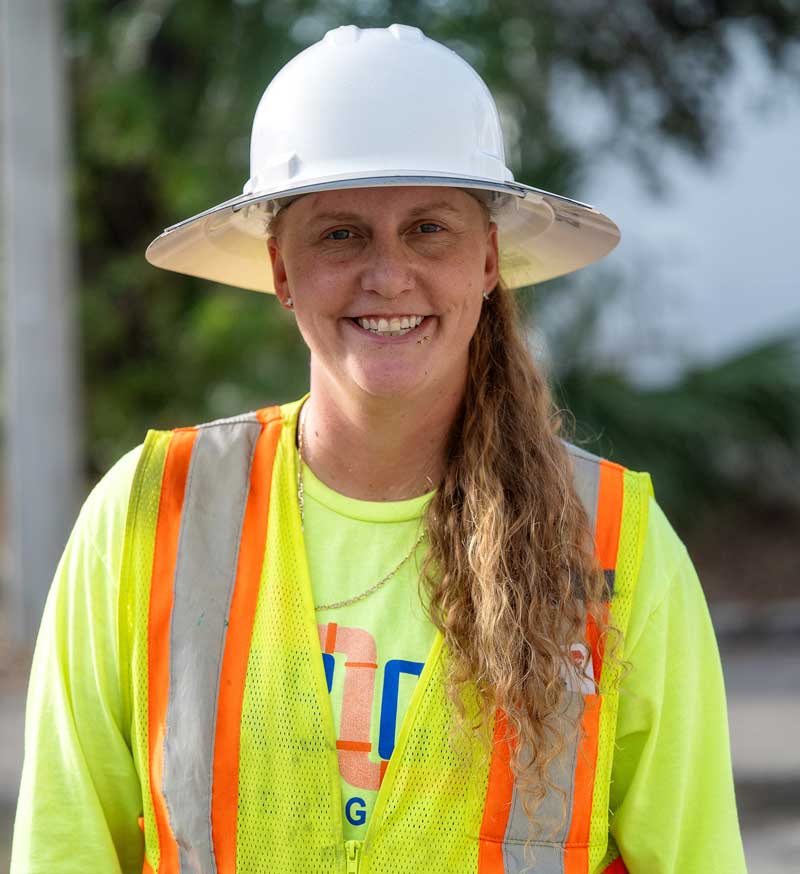Underground Construction entails certain inherent risks, but at SabCon, our unwavering commitment to safety stands strong.
We emphasize proactive safety measures and strive to create a safe and healthy work environment for all our employees.
We fully comply with all relevant regulations and industry best practices to ensure the well-being of our workforce while providing reassurance to our visitors. Working safely is a fundamental requirement of employment.

Key Safety Foundations
Risk Assessment & Hazard Identification
Competent Personnel
Personal Protective Equipment (PPE)
Administrative Controls
Engineering Controls
Emergency Preparedness
Key Hazard Areas in Underground Construction
Tackling Specific Underground Risks
Underground construction poses distinct and frequently intricate challenges. The inherent nature of working beneath the surface brings various risks, including ground instability, potential collapses, confined spaces, and the presence of utilities. These hazards require careful planning, specialized training, and ongoing vigilance to safeguard both workers and the surrounding environment.
Examples include:
- Ground Stability & Cave-ins
- Confined Space Entry
- Air Quality & Ventilation
- Excavation & Trenching
- Electrical Safety
- Equipment Operation & Maintenance
- Fire Prevention & Suppression
- Falling Hazards & Fall Protection
- Noise and Vibration
- Utility Locating

Safety Initiatives and Programs

Our Dedication to Fostering a Safety Culture
- Safety Training Programs: employee onboarding, continuous safety training, and specialized training for particular tasks
- Regular Safety Audits & Inspections: dedication to conducting regular site inspections and audits to identify and address hazards
- Near-Miss/Good Catch Reporting: employees report all near misses to be used to prevent future accidents
- Employee Involvement: employees play a vital role in safety decision-making by actively engaging in safety committees, meetings, and feedback processes
- Subcontractor Safety: procedures for ensuring that subcontractors comply with SabCon safety standards

